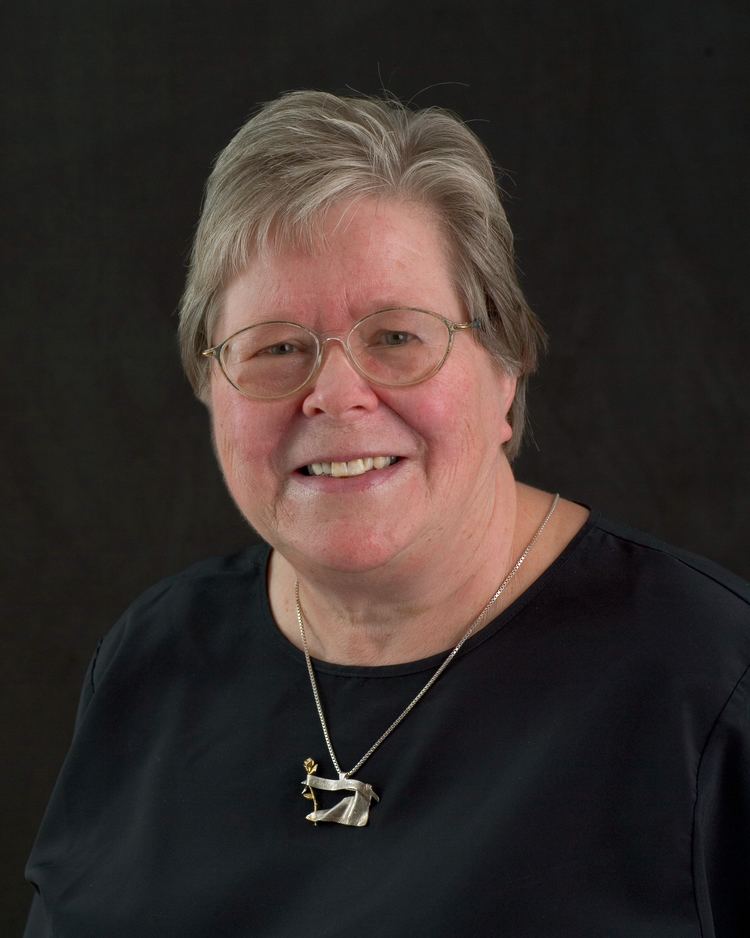Name Judith Pipher Role Astronomer | ||
 | ||
Alma mater University of TorontoCornell University Thesis Rocket Submillimeter Observations of the Galaxy and Background Known for Developing infrared detector arrays Notable awards Susan B. Anthony Lifetime Achievement Award (2002)National Women's Hall of Fame (2007) Education | ||
Dr. Judith Pipher- Astronomy Did Not Come Easily at First
Judith Lynn Pipher (born 1940) is an American astrophysicist and observational astronomer. She is Professor Emeritus of Astronomy at the University of Rochester and directed the C.E.K. Mees Observatory from 1979 to 1994. She has made important contributions to the development of infrared detector arrays in space telescopes.
Contents
- Dr Judith Pipher Astronomy Did Not Come Easily at First
- Dr Judith Pipher Mother of Infrared Astronomy
- Early life and education
- Career and research
- Honors and awards
- Personal life
- References
Dr. Judith Pipher- Mother of Infrared Astronomy
Early life and education
Judith Pipher was born in 1940 in Toronto. She graduated from Leaside High School in 1958 and earned a B.A. in astronomy from the University of Toronto in 1962. Following her graduation, Pipher moved to the Finger Lakes region of upstate New York where she taught science and attended Cornell University. In the late 1960s, she worked as a graduate student of Martin Harwit on a cryogenic rocket telescope experiment. She received her Ph.D from Cornell in 1971. Her dissertation, "Rocket Submillimeter Observations of the Galaxy and Background," led her into research in the nascent fields of submillimeter and infrared astronomy.
Career and research
Pipher joined the faculty of the University of Rochester's Physics and Astronomy Department in 1971 as an Instructor.
From 1979 to 1994 Pipher was director of University of Rochester's C.E.K. Mees Observatory. In the 1970s and 1980s, she made observations from the Kuiper Airborne Observatory. Pipher and William J. Forrest achieved promising results with a 32 x 32-pixel array of indium antimonide (InSb) detectors at a NASA Ames workshop. They reported their results in 1983. That year Pipher and her colleagues were among the first to use an infrared array camera to capture starburst galaxies.
For the next two decades Pipher developed ultra-sensitive infrared InSb arrays with the help of colleague William J. Forrest. The Infrared Array Camera (IRAC) for the Spitzer Space Telescope was launched in August 2003. She has also worked with Dan Watson and on the development of mercury cadmium telluride (HgCdTe) arrays. Pipher's observational research has concentrated on star formation studies and the arrays she designed have been used to observe astronomical phenomena such as planetary nebulae, brown dwarfs, and the Galactic Center. She has authored over 200 papers and scientific articles.
Pipher is a member of a team at the University of Rochester that developed the NEOCam sensor, a HgCdTe infrared-light sensor intended for the proposed Near-Earth Object Camera. The sensor improves the ability to detect potentially hazardous objects such as asteroids.
Honors and awards
Pipher received the Susan B. Anthony Lifetime Achievement Award from the University of Rochester in 2002. She was inducted into the National Women's Hall of Fame in 2007 and has since become involved with its administration. A 2009 article in Discover magazine indicated that Pipher was "considered by many to be the mother of infrared astronomy."
Personal life
Pipher lives in Seneca Falls, New York where she is Vice President of the Seneca Museum Board of Directors. She is a widow and has four stepchildren.
